G’day Goonhammer readers, we’re back with Part 2 of our review of the brand new updates to our favourite fantasy rank ‘n’ flank wargame, Kings of War. In our last article, we went over each and every army update that came in the Clash of Kings 2022 book. But that’s not all there is to this mighty tome!
In this article, we will be covering the new lore that introduces the two new factions to Pannithor; the Halflings and the Riftforged Orcs. Harnessing this lore is a narrative campaign, whereby two players can weave an epic story across 7 unique scenarios. Finally, we will be going over the new magic items, as well as the updates to old ones, that come in Clash of Kings.
It’s a lot of content! So for your ease of reading, here’s a table of contents:
Table of Contents
Lore
The Halflings of Pannithor
The little folk of Pannithor, referred to as Halflings by all the other ‘abnormally large’ races, were the newest of the civilized races. The earliest records talk of a nomadic race of shorter peoples that led simple lives, and all agreed that these folk were rather pleasant to deal with.
The Shires
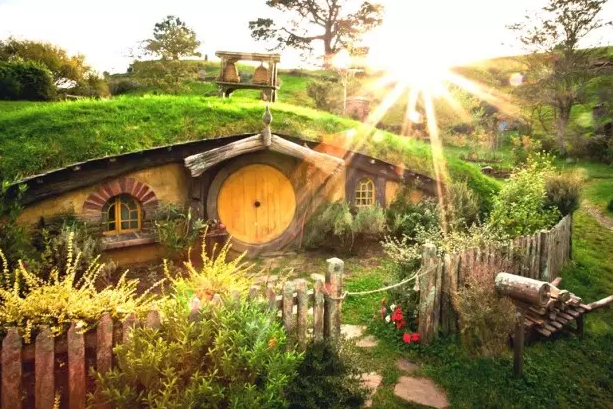
Bron Abbet, head of his clan, established the Shires in the suspiciously fertile lands of the Ardovikian Plains. The tinkering nature of the Halflings became a boon as they created all manner of farming innovations, establishing the greatest agricultural industry in all Pannithor.
For the next three hundred years, the Halflings enjoyed profound prosperity. Elected councils governed the Shires, while military forces were built up and maintained. Everything was going quite well until the War with Winter came along.
Although not directly involved in the war, like the rest of Pannithor, the unending winter crippled the Shires. Unlike everyone else, the Halflings had ample food stores and only half the population was lost. Small victories.
Halfling Ingenuity
At some point after the War with Winter, the Shirefolk underwent a second round of rapid technological development. Looking to the Dwarfs and humans, they quickly mastered engineering and artificing (essentially magical engineering), producing gunpowder weaponry and mechanical contraptions similar to the Steel Behemoths of the Imperial Dwarfs.
From the Elves, they further developed their magical proficiency. A number of Halflings possess magical skill, yet rarely do they parallel the Elven Archmages. Instead, the Halflings use their humble magic to enchant their foodstuffs – a field of magic now known as Gastromancy. Soon gastromancers became endemic throughout the armed contingents of the Shirefolk.
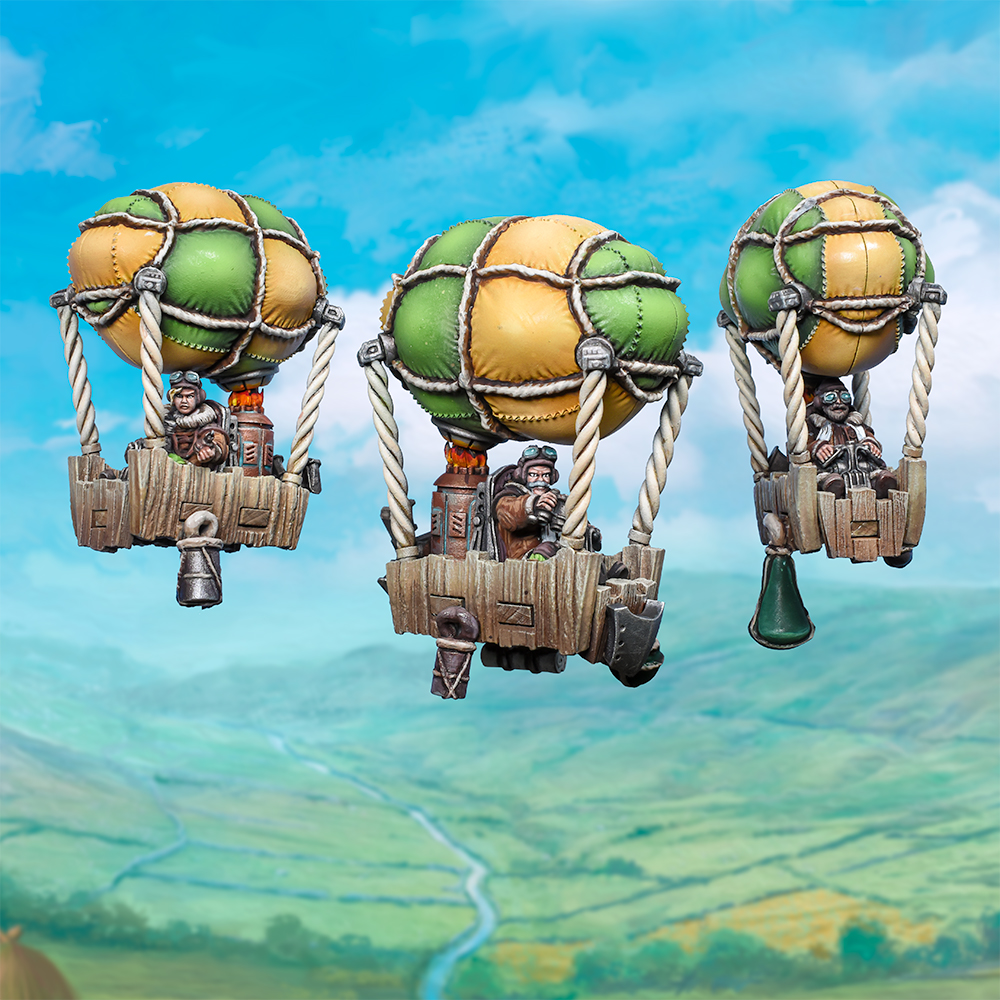
Far away near the Elven city of Ej, the descendants of Halfling refugees from the war were also making profound gains. Under the protection of the Elves, these Halflings went in an entirely different direction of technological advancement – up. After a few hundred years of optimization, airships and jet-propelled flight suits began to dot skies above the Elven city.
Relations with the League of Rhordia
It was following a particularly nasty incursion of Orcs that the Halflings of the Shires joined the League of Rhordia, their most proximal neighbours and long-time partners in trade. The military might of the League was far beyond that of the Halflings, and so the armies of the Shires regressed. Instead the Halflings focussed on agricultural exports to the cities of the League, who became further reliant on this plentiful source of food.
Less than a century later, anti-Halfling sentiment began to surface within the League of Rhordia, although from what origins none could say (not that many thought about it at the time). The Halflings, feeling disenfranchised with the whole League idea, promptly exited, ceasing trade to boot. Not impressed at all with such developments (they had forgotten who supplied their dinners), the League of Rhordia invaded the Shires. Soon the majority of the Halfling cities were besieged.
Paddy Bobart, a forward-thinking Halfling, had in secret been renewing the forces and armaments of the little folk. A new generation of gastromancers, all taught by the gastromancer extraordinaire Mama Beata, supported the fresh troops. These forces marched out under the leadership of the young tactical genius Aeron Cadwallader; a natural commander.

Such combined arms might not have been enough, however the arrival of an entire fleet of aerial reinforcements from Ej tipped the balance. It was not long until the much-surprised League of Rhordia was expelled from the Shires and peace returned to the Ardovikian Plains.
The League of Rhordia identified the insidious Lord Darvled as the instigator of unrest, a ruler of a rival kingdom. But the damage was done. The Shirefolk had learnt their lesson, and would look to themselves for protection from then on.
A new breed of Orc
The Forging
It was in the soul forges of the Abyss that Garkan the Black created the Orcs. Try as he might, the Wicked One of the Forge could never improve upon his creations. That is until the Abyssal Dwarfs ripped open the Nexus of Power beneath the Halpi Mountains.
Wasting no time, Garkan set to work. Starting with copious amounts of power from the Nexus storms, then adding some top-shelf souls of fallen warriors, sprinkle a little bit of early 2000’s Blizzard, then leave to cure. From this came a new type of Orc forged of the powers of the rift; Riftforged Orcs.
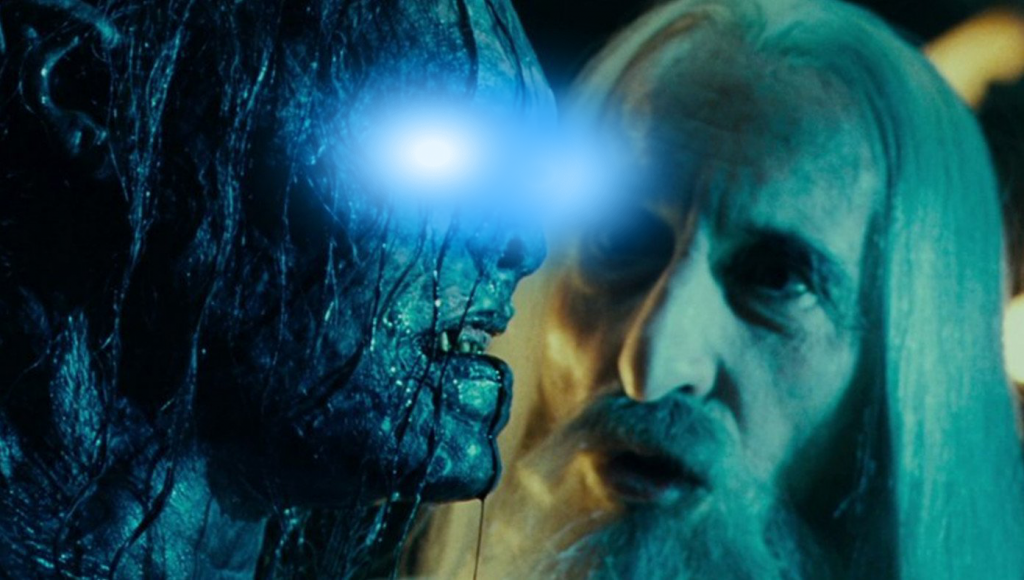
The energy of the rift-storms thrummed within every fibre of these new Orcs, and the most powerful, the Stormbringers, could summon great tempests at will. Clad in hell-forged plate armour and grasping thick shields and heavy hammers, the Riftforged Orcs were thirsty for a fight.
The Testing
In the Abyss, death in battle is not the end, and so the legions of Riftforged clashed with demons for over a decade. These Orcs went into these battles with gusto, eager to prove their worthiness to Garkan, their creator. They became exceptionally disciplined, regularly removing the weak from their own ranks.
The various legions of Riftforged gradually developed distinct personalities; adopting unique iconography and battle tactics. Legions such as the Drakeslayers, the Thunderborn and the Blackhammers were vying for supremacy, whilst the lesser Abyssals fled in terror at the sound of their heavy tramping. Garkan was pleased, as he now possessed his own army of elite soldiers.

The Invasion of Pannithor
The other Wicked Ones of the Abyss were not ignorant of Garkan’s ambition. When the Riftforged Orcs finally marched out upon the civilizations of Pannithor, they did so in every direction at once; their deployment was thrown askew.
From the Abyss in the north, many Riftforged legions marched west to pit themselves against the brute strength of the Ogres and the Varangur. Some legions clashed with the Kingdoms of Men and the League of Rhordia in the south. Others converged on Basilea. Another contingent of legions emerged from the Southern Rift, marching north to crush the Elves.
The Orcs of Pannithor, when confronted with their Riftforged brethren, had one choice; submit or die. Gradually the ranks of the Riftforged were swollen with masses of unforged Orcs, eager to prove themselves in the hopes that upon death their soul would find its way to Garkan’s soul-forges in the Abyss.
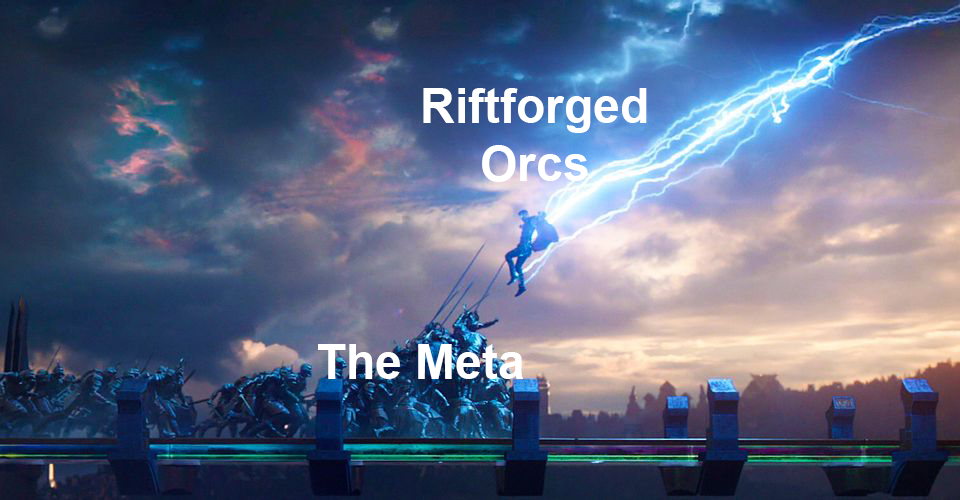
If it were not for the meddling of the other lords of the Abyss, Garkan’s creations would have steadily crushed all in Pannithor. As it stands, however, they remain a considerable threat to which none have a quick solution.
Halflings put to the test
It was just as the Halflings established their independence from the League of Rhordia that the Riftforged Orcs began to overwhelm Pannithor. Already the stalwart cities of the League were being struck from the map, the Halflings knew this was no typical orc incursion.
Before even the first of these new orcs had set foot in the Shires, the Halflings’ military minds had conceived of a strategy; to divide and conquer. All reports indicated that meeting the Riftforged en masse was folly, and that splitting the force apart was the only option. However, the Halflings did not expect to be employing such tactics so soon.
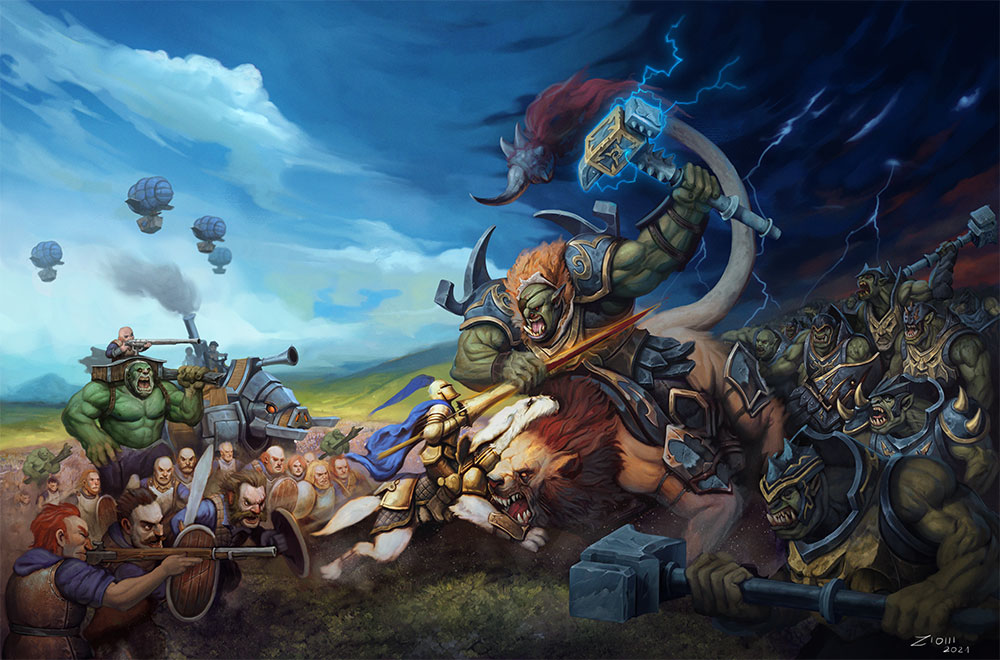
The Abyssal Eyes Legion marched in expecting an easy victory over the diminutive peoples, but instead found a folk that were frustratingly resilient. Trudging north through bogs, a few columns of the Riftforged lost quite the number to arrow-fire and, absurdly, Halflings riding large dogs. By the time they reach the Northwolds, the orcs were cut down, ending their advance in the northern regions.
The rest of the legion were lured south towards the watchtowers, which they promptly destroyed. At each tower, the Halflings mounted a defense that was enough to slay a few Orcs, but they quit the field before they themselves were overrun. Despite the loss of the towers, this was all part of the plan, to whittle the Orcs down.
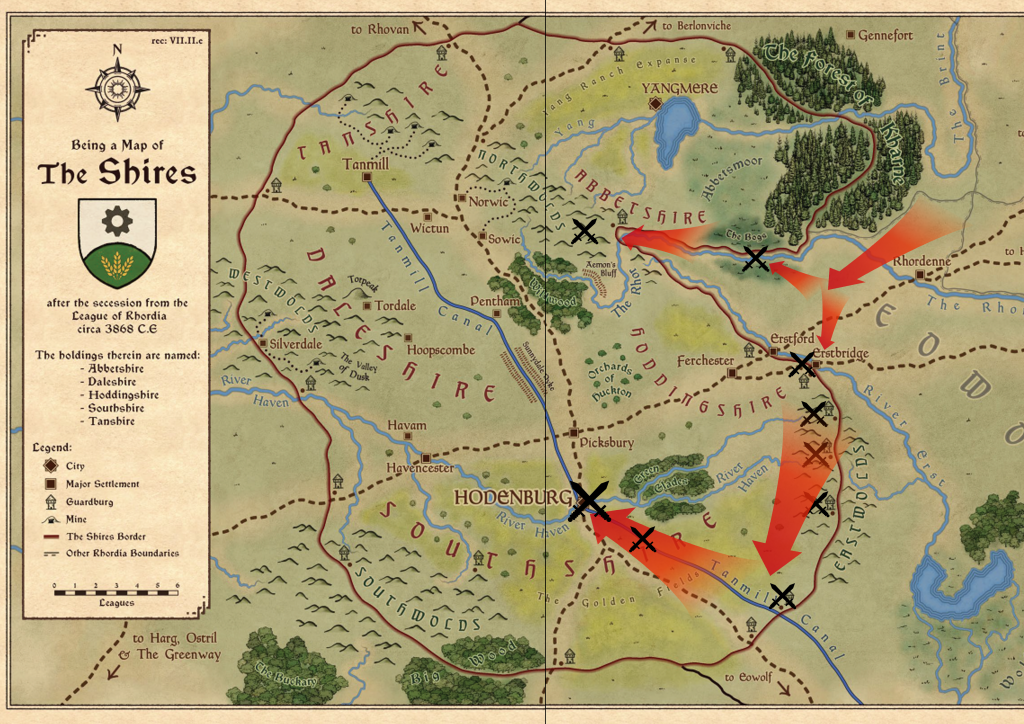
Yet the situation became dire when the Riftforged legion followed the canal, knowing it led to a great city; the city of Hodenburg. Once there the Halflings did everything they could to split up the green hordes; fighting them in the fields of the great Heath, and the underground halls of the vast Grainbarn. When it came to the final battle in Hodenburg Square, the legion was much diminished, and the Halflings routed them, averting the Shires from what could have been assured destruction.
Storm in the Shires Campaign
The Storm in the Shires campaign is designed for the two new armies to play, with the campaign’s narrative focusing on the invasion of the Shire by the Riftforged Orcs. Each scenario represents a different part of the invasion of the Shire with four scenarios detailing the initial invasion and a three part Battle for Hodenburg as the epic conclusion.
While the campaign is meant for Halflings and Riftforged Orcs, it can be played by any factions as the players wish. There are no special rules that require either of the new armies, but simply refer to the armies to set the narrative scene.
It is worth pointing out here that these scenarios are not competitively balanced. They often include asymmetric deployments, objectives or army points. As with most narrative style games, talk to your opponent to work out balancing your armies. No one wants to bring their nice mixed arms army and get obliterated by a four dragon list in a narrative game!
- Scenario 1 – A Desperate Dash (750 pts)
Presents some good rules for a smaller game of Kings of War. Restrictions on how many units of certain types and how much can be spent on a single unit mean that the armies will still be interesting but spam is avoided. Whoever is chosen as the scouting party (in this case, the Halflings) get to deploy second and choose who goes first.
Who knew Halflings with bows could be such a bother? Credit: Mantic Games.
- Scenario 2 – Battle in the Wolds (1000 pts)
This scenario changes up deployment, forcing armies to set up in the corners. The victory condition is to hold the hill in the center of the battlefield, as well as two more hills to help represent the Northwold-like landscape. A good old King of the Hill battle.
- Scenario 3 – A Solid Defence (1500 vs 1000 pts)
The first of the asymmetric scenarios, whereby the victors of Scenario 2 march upon the defenses of the defeated. The defenders have only 1000 pts against the 1500 pts for the attackers, but they choose where their defenses (three pieces of blocking terrain) can be placed. These defenses are actually objective markers, and if controlled by the attackers at the end of a turn, can be destroyed. The Defenders need only preserve one in order to win the game.
- Scenario 4 – In Deep Water (2000 vs 1500 pts)
The victors of Scenario 3 press on as attackers in a scenario that straddles a canal (or river). The waterway runs across the battlefield, and acts as difficult terrain. Where the river ends in the defenders’ zone is where the attackers must reach for victory, and the defenders need only hold them back.
- Scenario 5 – The Battle of the Great Heath (2000 pts)
The most standard of the scenarios where the attacker (victor from Scenario 4) gets to choose a scenario from the Kings of War rulebook. The only difference is that the terrain should be set up with blocking terrain around the edge and forests and difficult terrain (tall grass, ponds, etc) should be setup in the middle, to represent the Great Heath.
- Scenario 6 – The Raid on the Grainbarn (1500 pts)
The subterranean battle sees the battlefield go lengthways, with lots of blocking terrain (rocks, rubble, walls) setup throughout. The gloominess of the underground halls means that everyone is subject to an additional -1 to hit for both ranged attacks and offensive spells. This is a battle for getting up close and personal!
The Battle of Hodenburg Square! Credit: Mantic Games. - Scenario 7 – The Fight for Hodenburg Square (2000 vs 2500 pts)
The penultimate clash sees the much reduced losers from Scenario 6 on the backfoot with only 2000 pts versus the 2500 pts of the attackers. This situation is even more desperate as the defenders are stuck in the middle of a lengthways orientated battlefield, and the attacks can deploy on either edge! Three objective markers sit along the central line, so the defenders start on all the objectives, but need to hold them to be victorious.
Halflings
With Clash of Kings 2022, the Halflings have been fully released. In a previous article, we reviewed the Beta Halfling Army List, so we won’t be repeating ourselves here by going through every unit. The most obvious update is that Aeronauts are now Irregular.
McSween’s Cutthroats
A formation consisting of the thief extraordinaire, Ally McSween, and an entourage of Halfling Poachers. The Poachers get Inspiring (Self) and improve their ranged attack value to 4+ while Ally’s stabbiness increases with the addition of Rampage. This is a nice formation that encourages the use of units that otherwise don’t synergize much with the Gastromancy and Tinkerer-based auras of the Halflings.
Riftforged Orcs
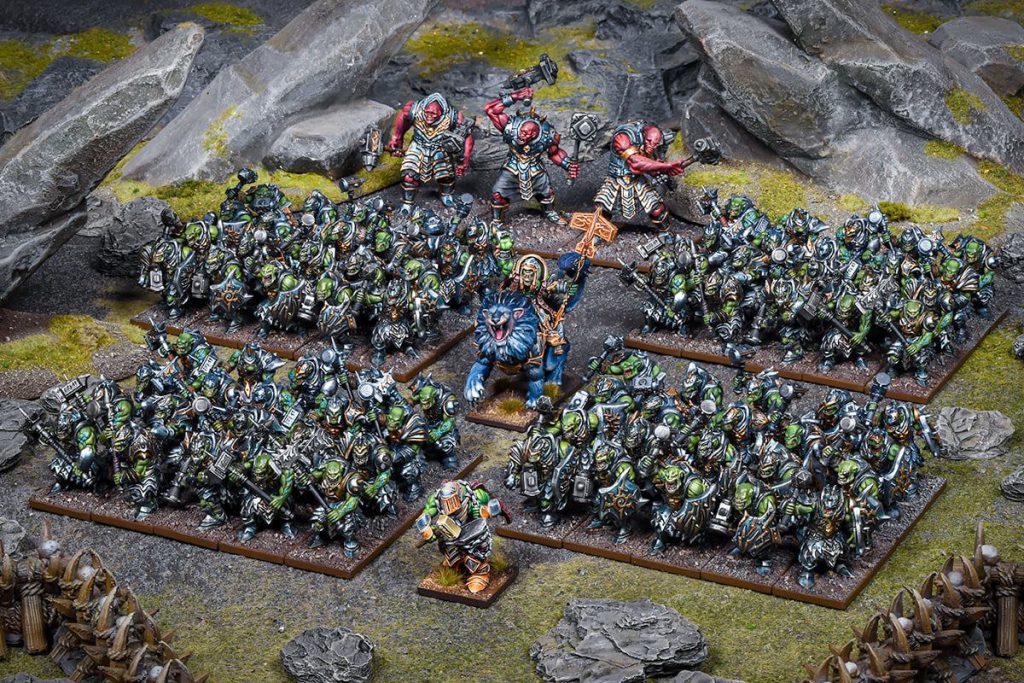
The brand new army from Mantic for Kings of War, the Riftforged Orcs are a theme list of the Orc army list. Unlike most theme lists, this army comes with a whole lot of new models including some very exciting new, plastic orcs. We will dedicate a whole article to going through the army list and models shown so far, to be published in the next few weeks.
Special Rules
There are a few small updates and one big update to existing special rules. A small clarification on Ignores Cover, the addition of the Rampage and Slayer special rules, giving bonus attacks versus broad unit types; roughly Monstrous infantry size and up for Slayer, and everything smaller for Rampage. These bonus attacks usually come in the form of plus D3 or plus D6 attacks against the ill-fated opponent. We’ll talk about them more when we get to the units that have received these exciting new rules.
Get inspired
The biggest change is that all conditional Inspiring is no longer conditional. All units that used to inspire specific keyworded units now inspire everything. This is going to open up a lot of army builds for those factions who used to be pigeonholed into certain styles based on what could inspire what.
For example, Dwarf Stonepriests previously had Inspiring (Earthbound) which only affected Earth Elemental units. Now they inspire all Dwarf units, not just the elementals. Suddenly, they can be magic support for Dwarf armies that are made up of actual Dwarfs.
Using Dwarfs for our example again, more inspiring characters means there will be more reasons to not take the basic army standard bearer for Inspiring, (who does nothing but inspire). Not only does this save some points, but will add a lot more variety to army lists.
Spells
Keeping it short and sweet; in addition to what we previewed last time: Mindfog kept its Shattering from Halpi’s Rift, and Wither and Perish made it in as well. In a big change, Veil of Shadows has made it into the Library of Arcane Knowledge, so it is available to all factions now. While still a unique spell, it gives some much needed counterplay to gunline armies, that was previously lacking.
Magic Items
The updates to magic items in Clash of Kings 2022 is vast; many older items from the Core Rulebook have been tweaked, while many more have been added. The new items introduced are to add even more options in modifying the roles and effectiveness of units. The changes to some of the old items instead make some under-used items more enticing, but also tone down some of the more abusable combinations.
Spell-enhancing items

The most global modification among magical items is that to items that grant spells, such as the player-favourite, The Boomstick, which used to grant units the spell Lightning Bolt (3). The reason why this item was so popular was that it would instead add 3 if the unit already possessed the Lightning Bolt spell. A fantastic item for enhancing the shooting capabilities of an army.
Not all items, however, had this duality of purpose; case in point, the Diadem of Dragonkind. This item bestows the unit with Fireball (8), a hefty amount of Fireball to be sure! However, it did not bolster any unit already with Fireball, making it a much less popular item.
That is history! Now, nearly all spell-granting items improve the spell value (sorry, not you Lute of Insatiable Darkness). The tweak is that the number added to the spell is less than the number granted if receiving the spell for the first time. To use The Boomstick as an example again; it still grants Lightning Bolt (3) to units, but now improves Lightning Bolt by two. Still potent, but not an automatic inclusion on any lightning-happy wizard.
The items included in such changes are The Boomstick, Diadem of Dragonkind, Shroud of the Saint, Tome of Darkness and the Zephyr Crown. The upside is now many items can be used to enhance wizards everywhere, even if it is less than hoped for. This is most likely to prevent Cytoplasm from running around with an Efreet with Fireball (23). That would be rude.
There are a couple of items that modify magic at the fundamental level. The Torc of Dissonance gives the opportunity to, once per game, make an enemy spellcaster unable to cast one of the spells it knows. This can be a good way to stop that pesky Scorched Earth from ruining the next charge, or turn off some Veil of Shadows to improve ranged damage output. The Crown of the Wizard King provides some extra range on all spells targeting friendly units, enhancing the usefulness of supporting wizards immeasurably.
Excitingly, there are also two items that allow you to cast more than one spell a turn. The Wand of Borrowed Time gives you an extra cast of a different spell but stops you from casting the following turn, while the Amulet of the Fireheart lets you double cast different spells once per game, with no other down side.
These multicast-enabling items might be the only way we see Incantation of the Tempest being played. Both the Amulet and the Wand do not activate until after you’ve cast a spell. Hence, if the Incantation is successful, then the wizard can re-roll all spell hits and activate their double-cast item, making for an excellent, if unreliable, blasting wizard with two damaging spells.
Special rules, new items!
The Clash of Kings 2022 has introduced a few new special rules; Slayer, Rampage and Spellward. Most armies will be getting at least one or two of these among their units. However, if there’s a thirst for even more Slayer in an army of slayers, then there are magic items that grant each of these special rules. These items being Axe of the Giant Slayer, Scythe of the Harvester and Banner of Abbetshire, with the Axe and the Scythe being restricted to individuals only.
The Axe and the Scythe in particular are useful for boosting those combat characters, especially the ones that already possess a bunch of special rules. For example, a Seductress is perfect with the Scythe as she loves to hunt down individual characters. Her bonus attacks along with the doubling from Duelist will leave no room for mercy.
Some other, neglected special rules and spells are also getting their time to shine among the magic items of Clash of Kings 2022. Mindthirst, the Nightstalkers’ means of taking advantage of enemy Inspiring is now available for all leadership-hungry units thanks to the Banner of Eternal Darkness. Ensnare, but just against flying creatures, is accessible with the Wingbane Cloak. Perfect for discouraging Drakon Riders.
Utility items
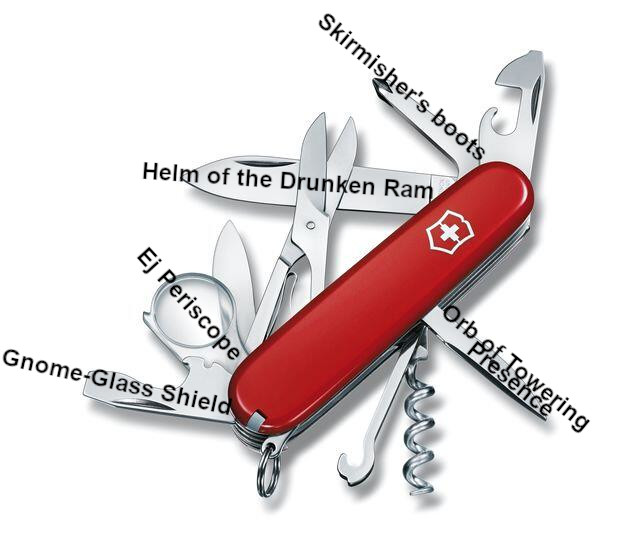
We’ve also got some more utility items that might see play depending on your list. The Orb of Towering Presence adds one to a units’ Unit Strength, which is great for scenario play.
The Ej Periscope increases an infantry or heavy infantry heros unit’s height by one when drawing line of sight, letting you peek over your frontline for some sneaky charges, or to cast away while safely hidden behind a unit.
The Helm of the Drunken Ram gives a unit Thunderous Charge +1, though it can’t use it’s Strider or Pathfinder rules when charging (go home, you’re drunk). It comes in quite a bit cheaper than Brew of Sharpness or Brew of Strength, but it is also more restricted. It might end up as a budget replacement for one of those.
The Skirmisher’s Boots are very exciting, because for only a low cost, a troop unit can be given Nimble. What immediately jumps to mind are troops of heavy cavalry (Stormwind Cavalry, Abyssal Horsemen etc). Although these fall short in damage output at the troop level, they still possess that armour penetration. With the ability to become Nimble, their usefulness increases tenfold as they are much more likely to get flank charges thanks to their improved maneuverability.
The Gnome-Glass Shield is perhaps one of the most cheeky items added. It raises an individual’s Defence to 6 until that unit suffers any damage. Essentially it is the Dark Eldar Archon’s Shadow Field, which was always great fun (until it broke!). With this item any hero can become roadblock (especially if they have Mighty).
All in all, everything here is looking good, there has been some toning down of the usual suspects from the main rule book, and a lot of interesting new options to play around with. Nothing jumps out as overpowered or must-take, just solid rules all around. Though depending on your play style and meta, you may be particularly excited about a few of them, we know the Spellward aura is something Nightstalker players are going to have to learn to deal with!
Summary
As you can see, there’s a lot going on in this book, and we’re still not finished talking about it all! All these new items and spells will introduce a big shake up to the meta, and will hopefully change up the usual autopicks for something a bit more varied.
Importantly, we continue to see the expansion of the lore with both of the new armies (and technically the League of Rhordia) getting significant lore and story development from the beginning of their in-game appearance.
Hopefully this article has inspired you to look into Clash of Kings, so make sure to order your copy today. This is a must-have book for every Kings of War player. There’s even more coming, join us next time for a review of the new Riftforged Orc theme army!
Have any questions or feedback? Drop us a note in the comments below or email us at contact@goonhammer.com.

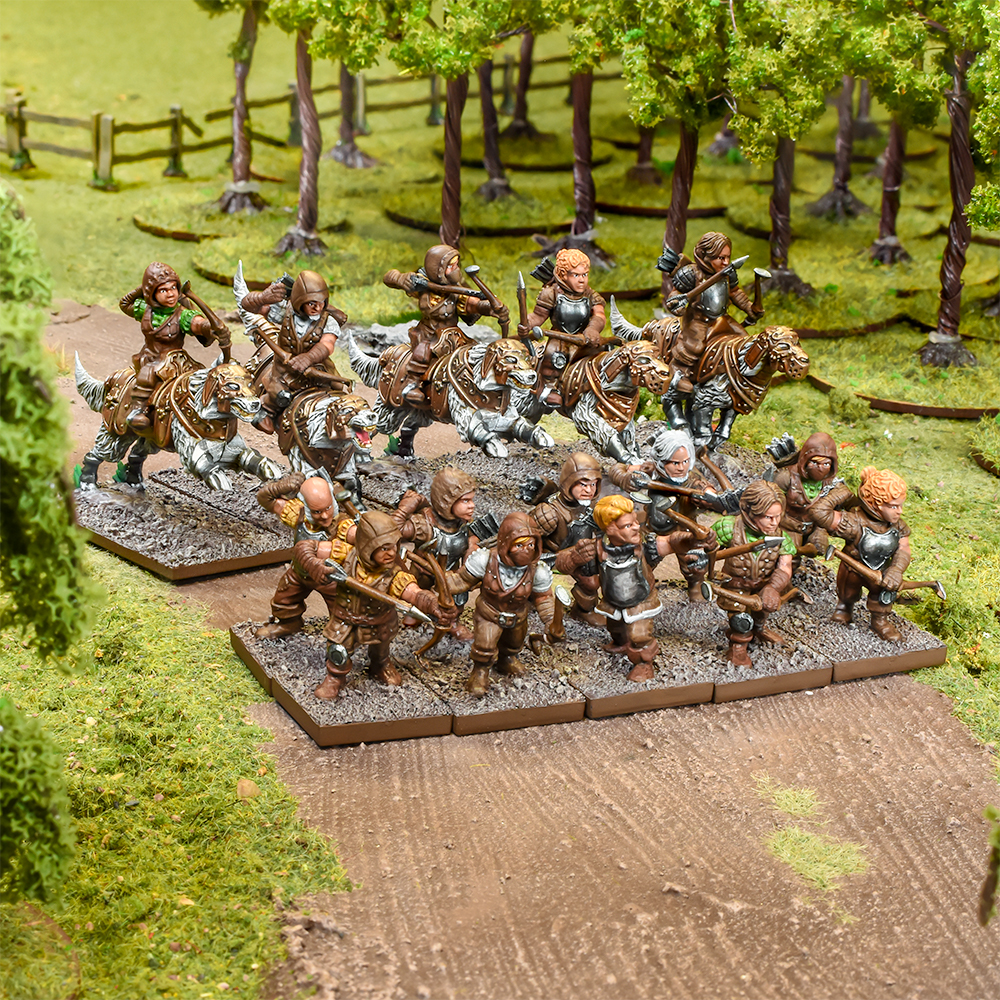
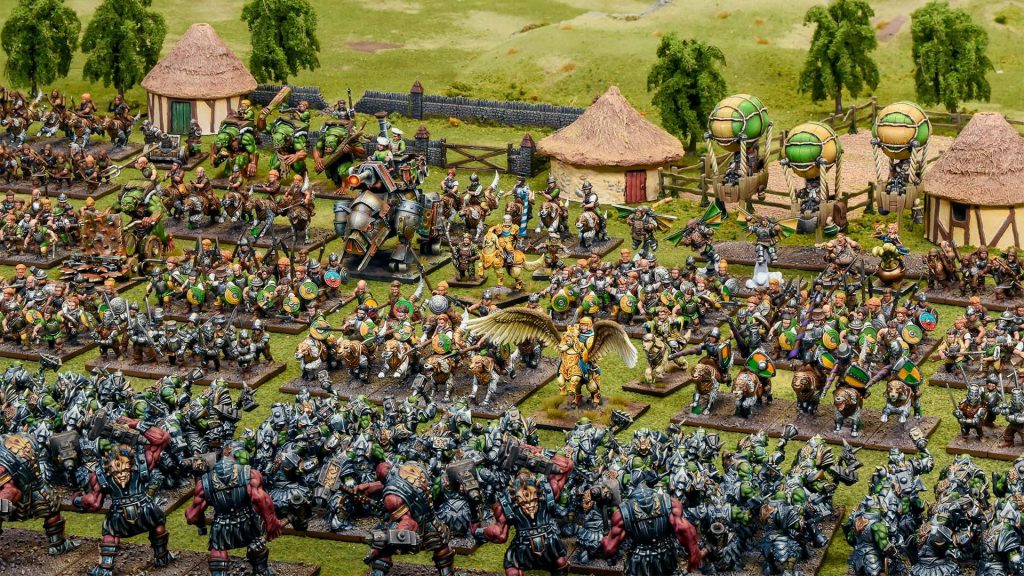


You must be logged in to post a comment.